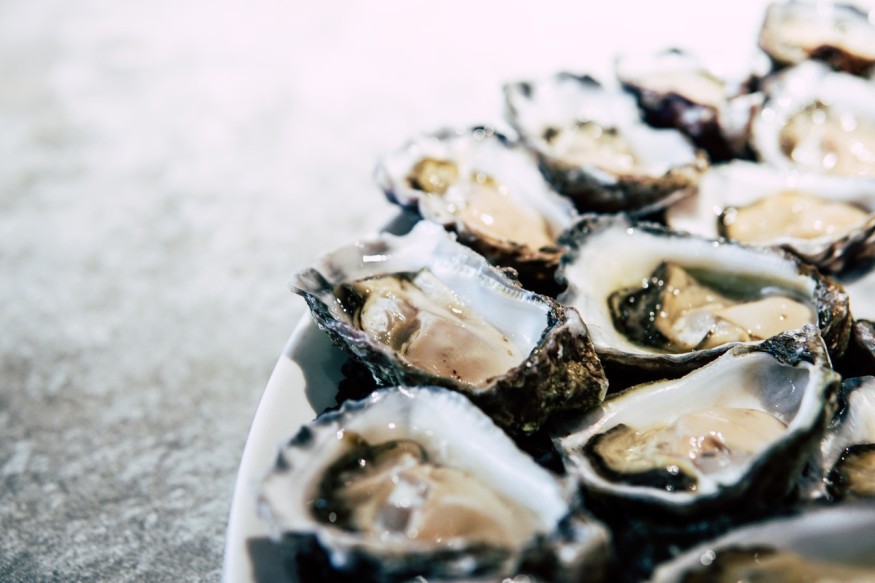University of Rhode Island researchers are putting microbes living in Eastern oysters under scrutiny to dive deep into its functions and how it affects the oyster's health, management, and oyster reefs.
Ying Zhang, lead author and URI associate professor of cell and molecular biology, says to Phys.Org that oysters, sponges, corals, and other marine invertebrate microbiomes could play a critical role in the functioning of the organism itself.
Since we know little about whether the microbes residing inside the oysters have functions or not or how they could bring harm or help oyster reefs and agriculture, researchers decided to scrutinize the microbiome of Eastern oysters.
Importance of Studying Oyster Microbiome

To begin researchers the effects of the microbiome in oceanic invertebrates, Zhang extracted DNA of microbes thriving in the gill, gut, inner shell, mantle, and other tissues of the Eastern oyster to identify which microbes are living inside the mollusks.
Afterward, researchers applied metagenomic technologies to reconstruct the genome of the most plentiful microbes to understand its nature microbiome and their function. Pimental, the lead author of a separate study explains that Zhang's data was the first overview of which microbes live in parts of Eastern oysters. He further explains that compared to the human microbiome where we have substantial knowledge on how different microbes thrive in different organs such as the gut and skin, we know little about the compartmentalization of microbes in oyster tissues reports Florida News-Times.
Functions and Compartmentalization of Oyster Microbiome
In a study published in the journal mSphere, entitled "Microbiome Analysis Reveals Diversity and Function of Mollicutes Associated with the Eastern Oyster, Crassostrea virginica" researchers were able to identify one microbe that gains energy from the oysters' consumption of chitin, a substance found in most marine environments.
The microbe was found to be most abundant in the oyster's gut, appearing to be the indicator of an oyster's health. However, when found in other oyster tissues, it is thought to have a relationship with infections.
Zhang explains that the microbe is abundant in the gut of healthy Eastern oysters, which may show that the oysters are pleased with the microbes living inside their tissues. On the other hand, when the microbe becomes abundant in other tissues, it may be a sign that the mollusk isn't as healthy as it seems. Researchers speculate that it's because of the oyster's immune system rejecting the microbe it other tissues.
The exact microbe was also found to consume arginine, an amino acid that can be found in other organisms used to create various proteins. Pimental states that researchers are ecstatic about the discovery because it provides insight into possible implications for the oyster's immune system.
Because an oyster's immune system relly on arginine, a pathogen that could steal arginine from the oyster's immune system, causing a glitch in the functioning of the oyster.
Another microbe found in oysters was specifically abundant only in adults and rarely in larval samples. According to Zhang, it could have been acquired during the oyster's growth, however, the why ' and hows' of this remains to be a big question.
RELATED ARTICLE : Gut Bacteria Linked to Neurodegenerative Disease, Research Says
Check out more news and information on Microbiomes in Science Times.
© 2026 ScienceTimes.com All rights reserved. Do not reproduce without permission. The window to the world of Science Times.











